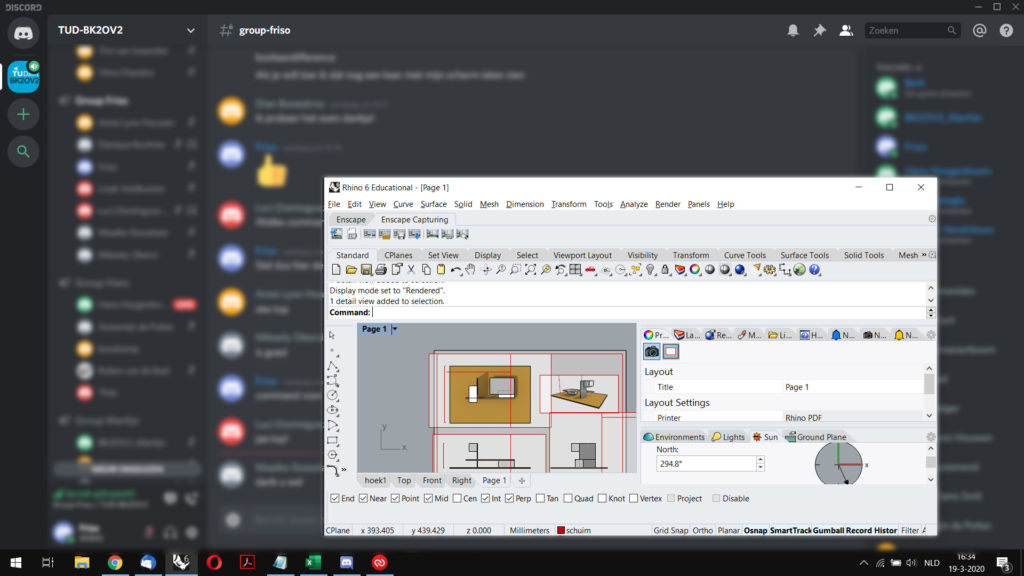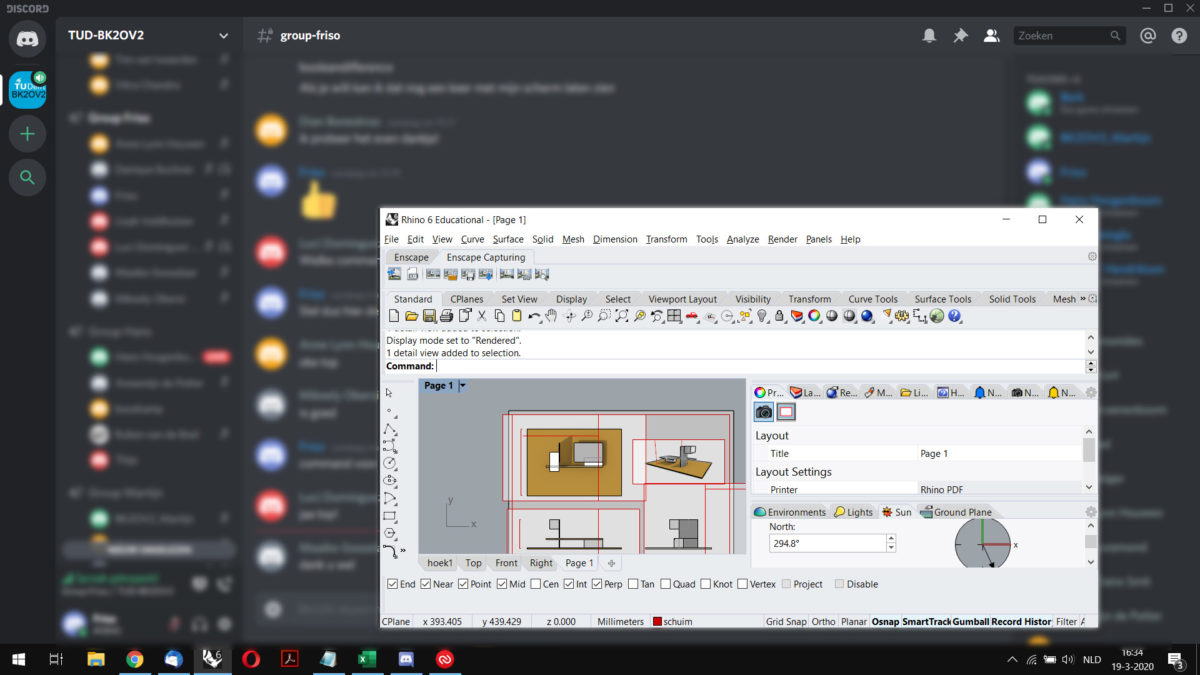The spread of Covid 19 (or the coronavirus) is having an incredible impact on all areas of life all over the world. While not everything can be done from home (such as care, public safety or for example transport), education is currently completely switched to online teaching.
How do you switch an academic subject for about 400 bachelor students from a regular setting with groups of 10 per teacher to a digital environment where knowledge can still be effectively transferred? How can you address the group, how can you demonstrate something on your own screen, how can you also give personal attention?
During the search for a suitable program, all the usual suspects came up: Skype, zoom.us, Whatsapp, Slack etc etc. However, my colleagues were looking for a technique that makes more than just group chats possible, that also brings a sense of community and can be a platform for collaboration between the students. In other words, a digital faculty building.
Enter Discord.
The answer was found in the gaming world. A world where groups collaborate online, play together, and where the people are used to collaborating at tremendous speed via chats with thousands of people at the same time where everyone is able to text and speak. In short, a technology developed for the exchange of knowledge and tested for heavy load.

A digital faculty building
The server was divided with groups per teacher (the tables), a chat room for teachers (where we can drink a virtual coffee during breaks) and a chat room for all students. This makes it possible to switch seamlessly between tables or, for example, to discuss a detail quickly with a colleague 1-on-1. The possibilities include:
- Full screen sharing
- Single-programme sharing
- Text and image exchange like in Whatsapp or Slack
- Talking to each other, and if necessary, video
- Simple grouping
- Fast switching between groups
- Highly scalable
Should we always teach like this?
Physical meetings remain important and the importance of universities and other educational institutions for the development of the social network of students is invaluable. If we were to completely switch to this way of teaching a lot would be lost. However, there is a lot to be learned for the future of education, for example for international collaborations, or perhaps we can teach parts of subjects this way. It can also be interesting for workshops outside of education: a quick course for a company on the other side of the world or for long-distance collaborations.
